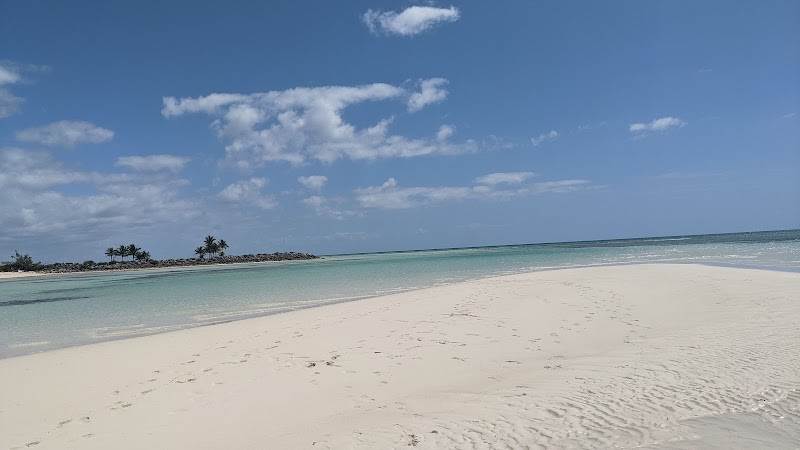
Indigenous Eyes Ecological Park Adventures
Indigenous Eyes Ecological Park is a 501-acre private nature reserve on Grand Bahama Island, famous for its crystal-clear freshwater springs and diverse subtropical ecosystems.
About Indigenous Eyes Ecological Park

Indigenous Eyes Ecological Park is a significant protected natural area located on the eastern side of Grand Bahama Island, Bahamas. The park features a collection of twelve freshwater springs, including five crystal-clear blue holes, which serve as the heart of the park’s aquatic ecosystems. Spanning approximately 501 acres, the park preserves native Bahamian flora and fauna including tropical hardwood forests, palm flats, and mangrove swamps. The ecological park provides vital habitat for various bird species such as the West Indian woodpecker, Bahama woodstar hummingbird, and the Bahama swallow. The area’s history is deeply connected to the indigenous Lucayan people, whose legacy is honored through its name and conservation efforts. Visitors can explore eight miles of well-maintained walking trails that wind through secondary forests and around the springs, offering opportunities for birdwatching, wildlife photography, and educational tours. One of the park's notable landmarks is the freshwater lagoon called "Lighthouse Lake" renowned for its tranquil waters and native wildlife. Indigenous Eyes Ecological Park serves both as an ecological sanctuary and a popular outdoor recreation destination for nature enthusiasts, families, and researchers interested in Caribbean ecosystems and conservation. The park is managed by a local nonprofit to protect its resources and provide environmental education. Access to the park offers a unique combination of tropical biodiversity and refreshing natural springs uncommon in the region, making it an appealing stop for eco-tourists and outdoor adventurers visiting Grand Bahama Island.
Highlights
Crystal-clear freshwater springs and blue holes available for scenic viewing
Diverse subtropical forest and mangrove ecosystems supporting rich wildlife
Lighthouse Lake, a notable freshwater lagoon with abundant birdlife
Well-maintained walking trails offering immersive nature exploration
Notable Natural Features
Freshwater Blue Holes
Five crystal-clear spring-fed blue holes that provide habitat for aquatic wildlife and are stunning natural landmarks.
Lighthouse Lake
A tranquil freshwater lagoon famous for birdwatching and serene natural scenery.
Subtropical Hardwood Forests
Dense native forests featuring mahogany, gumbo-limbo, and other endemic tree species supporting diverse wildlife.
